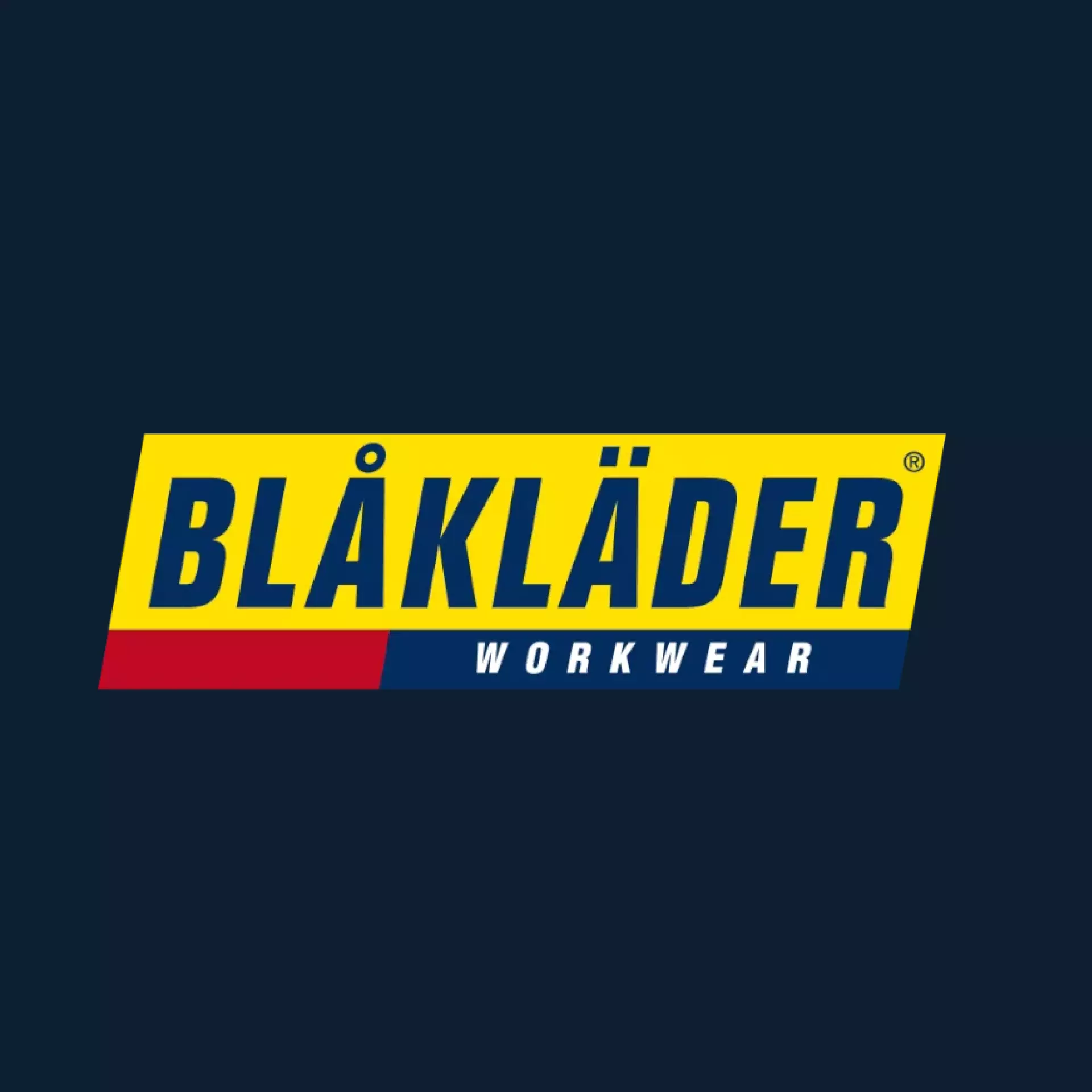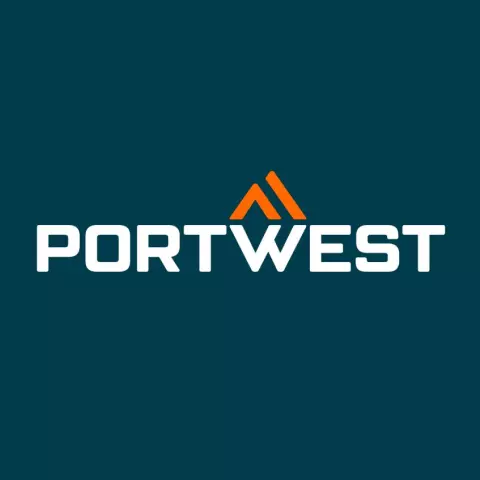
How to Choose Heat-Resistant Work Gloves
Choosing the right heat-resistant gloves is very important for safety and performance when working in hot places. Heat-resistant gloves are...

Get 20€ off on your first order!































Working with electrical systems demands uncompromising safety and efficiency. Electricians often struggle with finding gloves that offer both protection and precision. In this guide, we promise to equip you with everything you need to confidently choose the ideal leather gloves for electricians, ensuring both your safety and comfort on the job. With expert insights and practical tips, you’ll not only solve this challenge but also be ready to address your next safety gear concerns with ease.
For an overview of selecting leather gloves for various applications, read the main article: How To Choose The Best Leather Work Gloves.
Choosing the right pair of gloves depends on several critical features and the specific tasks at hand. For example, gloves suitable for high-voltage tasks should prioritize enhanced insulation and durability, while low-voltage tasks may allow for thinner, more dexterous gloves. Tailoring your choice to these scenarios ensures both safety and efficiency.
Leather comes in various types, each with unique properties:
Always ensure the gloves meet relevant safety standards. Leather gloves used in electrical work often pair with rubber insulating gloves. The leather’s role is to protect the insulating gloves from physical damage.
Learn more about European electrical safety standards from this guide from Wikipedia.
Well-fitting gloves enhance precision and efficiency, enabling electricians to perform tasks with greater accuracy and confidence. Use this sizing chart to find your fit:
| Size (EU) | Palm Width (cm) | Length (cm) |
| 7 | 7.6 | 24 |
| 8 | 8.6 | 25 |
| 9 | 9.6 | 26 |
| 10 | 10.6 | 27 |
| 11 | 11.6 | 28 |
Ensure the gloves provide a snug fit without restricting movement.
Leather gloves for electricians should resist wear and tear from frequent handling of wires, tools, and sharp materials. Look for reinforced stitching and padded palms for longevity.
Many electricians work long hours. Choose gloves with moisture-wicking liners to keep your hands dry and comfortable.

When selecting leather gloves for electricians, it’s essential to focus on practices that enhance safety, durability, and usability. Below are some actionable tips to keep in mind:
Explore high-quality options in our Leather Work Gloves category, with options available across a range of budgets. Whether you’re looking for premium durability or cost-effective solutions, there’s a pair that suits your needs.
| Leather Type | Best For | Pros | Cons |
| Goatskin | Precision tasks | Flexible, lightweight | Moderate abrasion resistance |
| Cowhide | Heavy-duty applications | Durable, water-resistant | Less flexible |
| Deerskin | Comfort and dexterity | Soft, pliable | Expensive |
In addition to leather gloves, consider pairing them with:
To extend the life of your gloves, follow these tips: Proper material selection and regular maintenance can significantly extend the lifespan of your gloves. Ensure the material is suited to your tasks and practice good care routines, such as regular conditioning, to keep your gloves in excellent condition for longer use. For gloves that don’t fit perfectly after use, try resizing methods like steaming and reshaping or investing in gloves with adjustable closures for a better fit.
Learn more about maintaining leather work gloves in this detailed guide.
We hope this guide has clarified the essential factors for choosing the best leather gloves for electricians, from ensuring material quality to meeting safety standards. Whether you’re managing complex wiring tasks or safeguarding your hands during heavy-duty operations, we’re here to support your needs with practical advice and trusted products.
Explore our full range of leather work gloves and complementary protective gear to enhance your work experience. For further assistance or recommendations tailored to your specific requirements, don’t hesitate to reach out—our team is ready to help you stay safe and confident on every job.
Leather gloves do not provide primary protection against electrical shock. They are typically used as a protective layer over rubber insulating gloves, which are specifically designed to protect against electrical hazards. Always pair leather gloves with certified insulating gloves for electrical safety.
To maintain the shape of your gloves, you can periodically steam them and reshape them by wearing them while they dry. Alternatively, invest in gloves with adjustable closures or elastic cuffs that help maintain a secure fit over time.
Yes, some leather gloves are treated to be water-resistant, particularly those made from cowhide. However, excessive exposure to moisture can still compromise leather over time. If you frequently work in wet conditions, consider gloves with water-repellent treatments or pair leather gloves with water-resistant liners.
The replacement frequency depends on usage and wear. Regularly inspect your gloves for cuts, abrasions, or thinning material. Replace them if you notice any signs of damage that could compromise their protective qualities, especially if they are used over insulating gloves.
Yes, many manufacturers offer leather gloves with customizable features such as reinforced fingertips, adjustable closures, or added padding. Some gloves are also available in tailored sizes for precision tasks. Look for these options to enhance comfort and functionality for specific electrical tasks.
Thank you! You've signed up for our newsletter.









Choosing the right heat-resistant gloves is very important for safety and performance when working in hot places. Heat-resistant gloves are...

Looking for the perfect leather winter work gloves to keep your hands warm, protected, and functional in cold weather? Let...

Leather work gloves are essential tools for many industries, offering durability, comfort, and protection. Proper maintenance ensures they last longer,...

Choosing the right heat-resistant gloves is very important for safety and performance when working in hot places. Heat-resistant gloves are...

Looking for the perfect leather winter work gloves to keep your hands warm, protected, and functional in cold weather? Let...

Leather work gloves are essential tools for many industries, offering durability, comfort, and protection. Proper maintenance ensures they last longer,...
Get 20€ off on your first order!
Save 30% by buying directly from brands, and get an extra 10€ off orders over €100
Save 30% by buying directly form brands, and get an extra 10€ off orders over €100